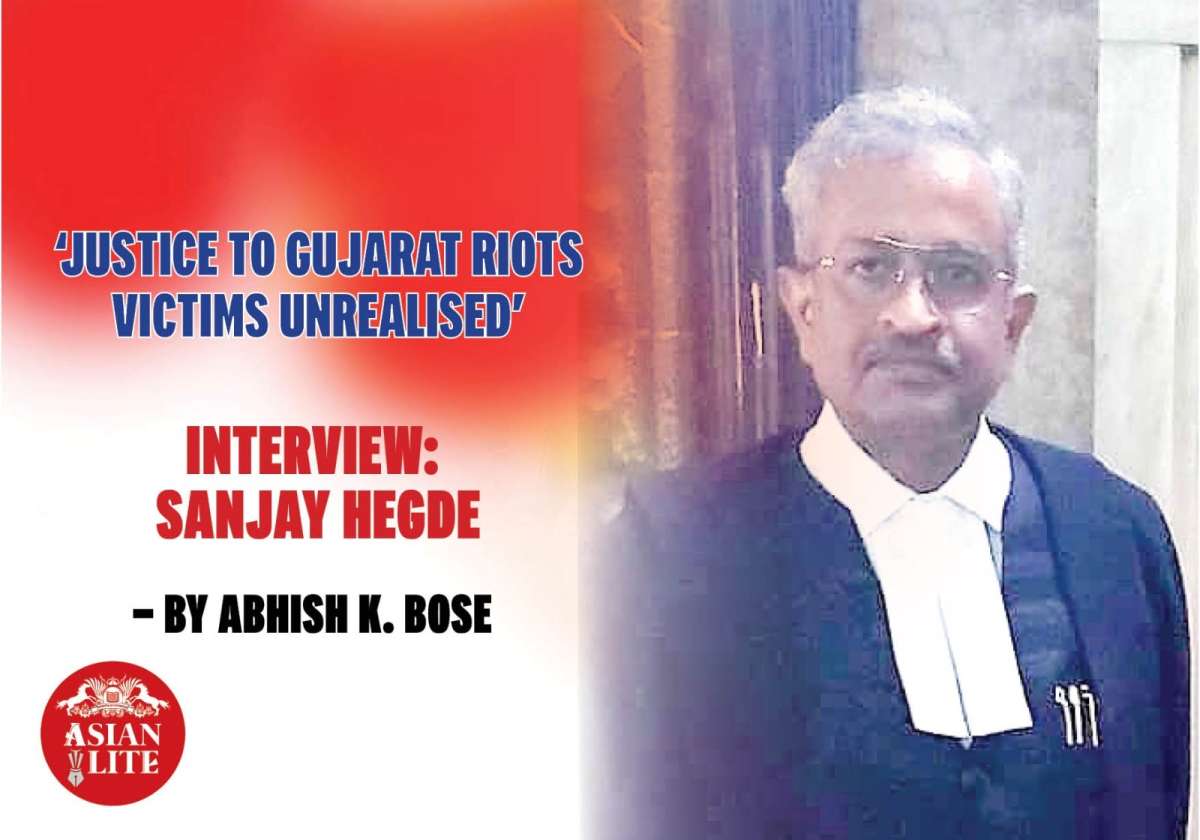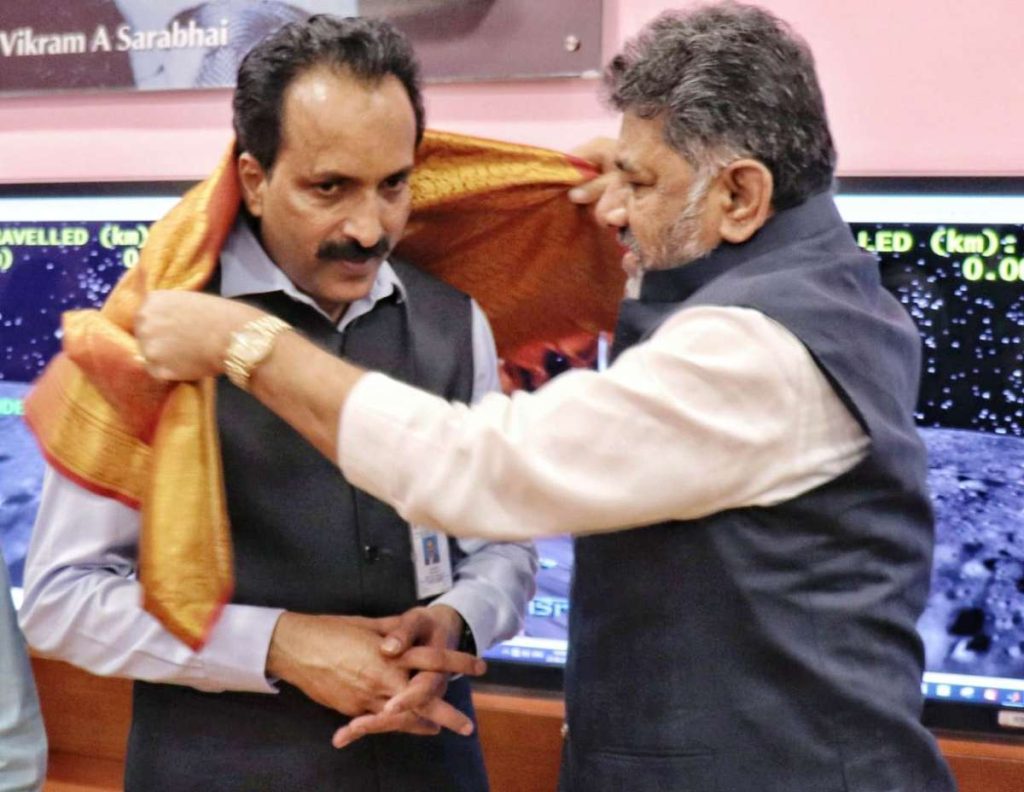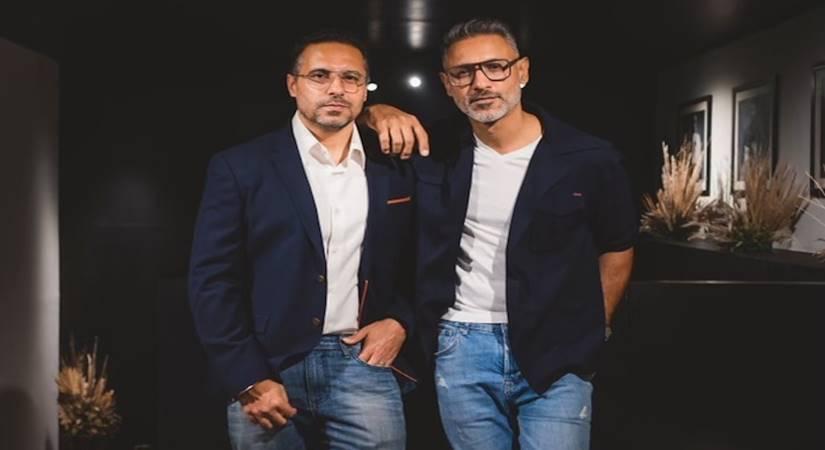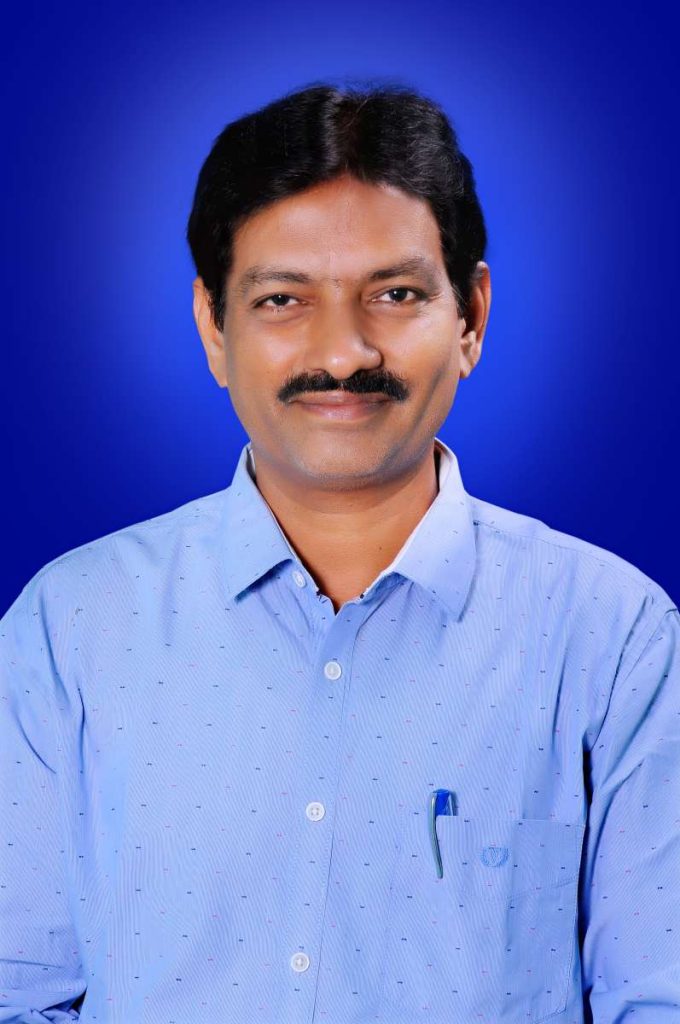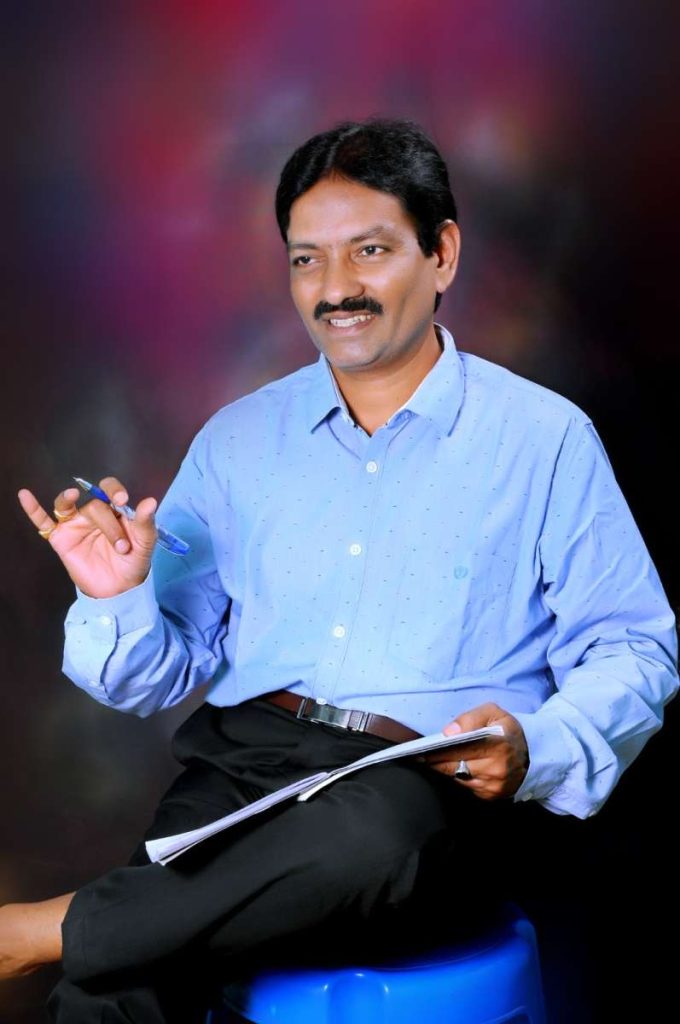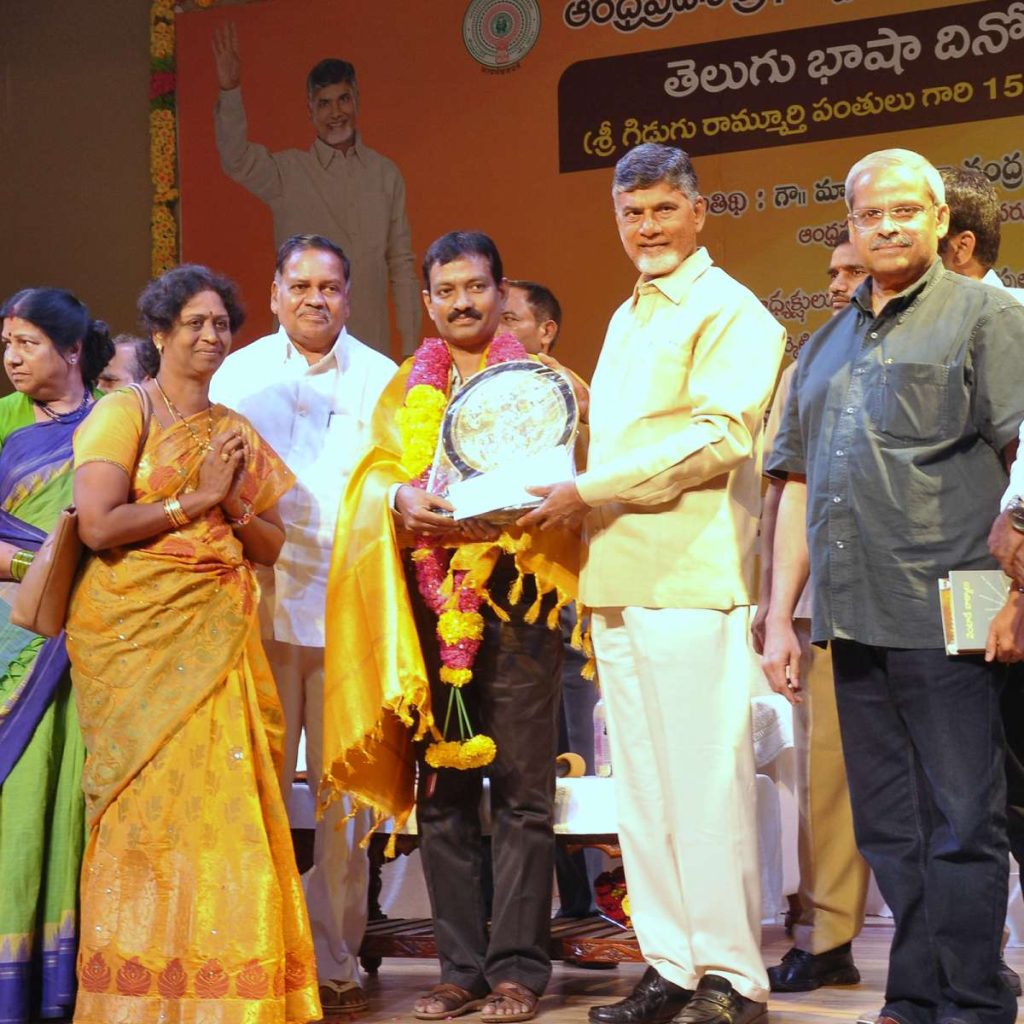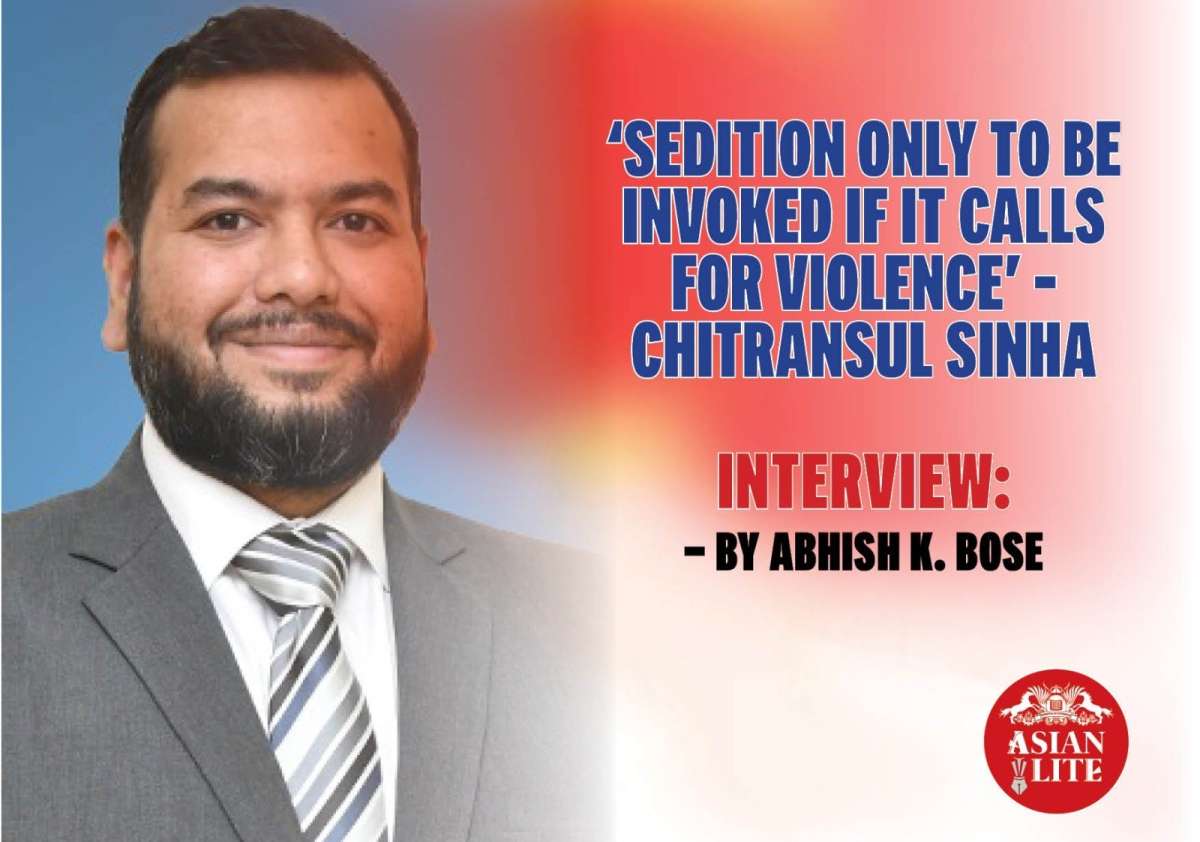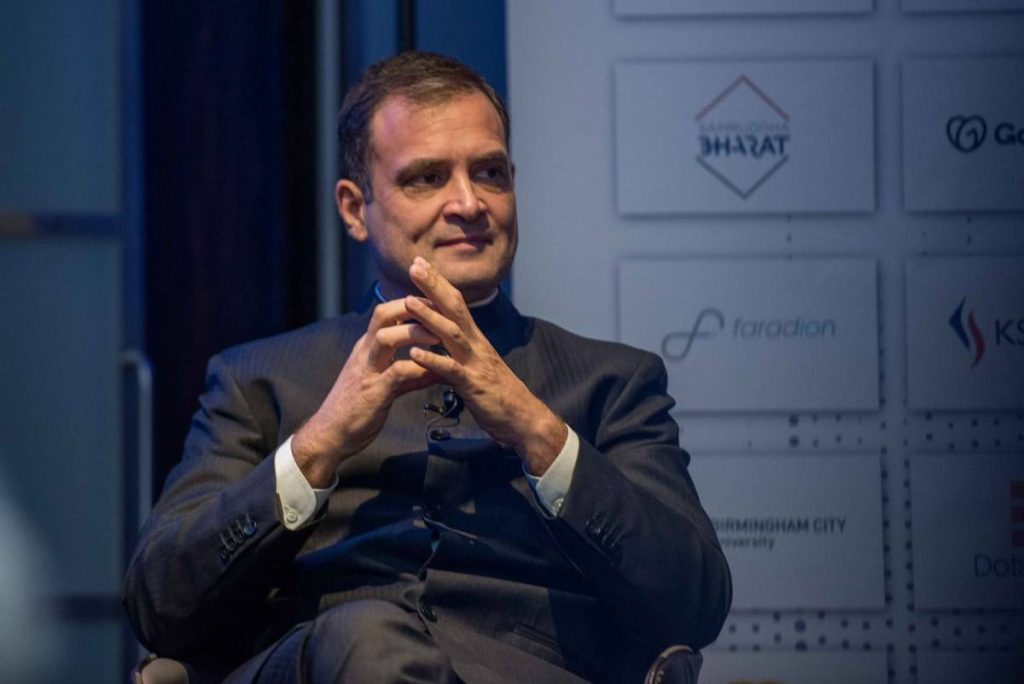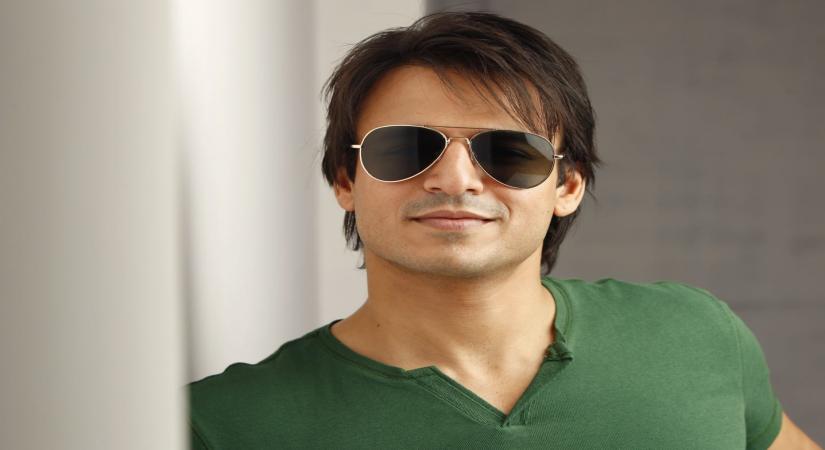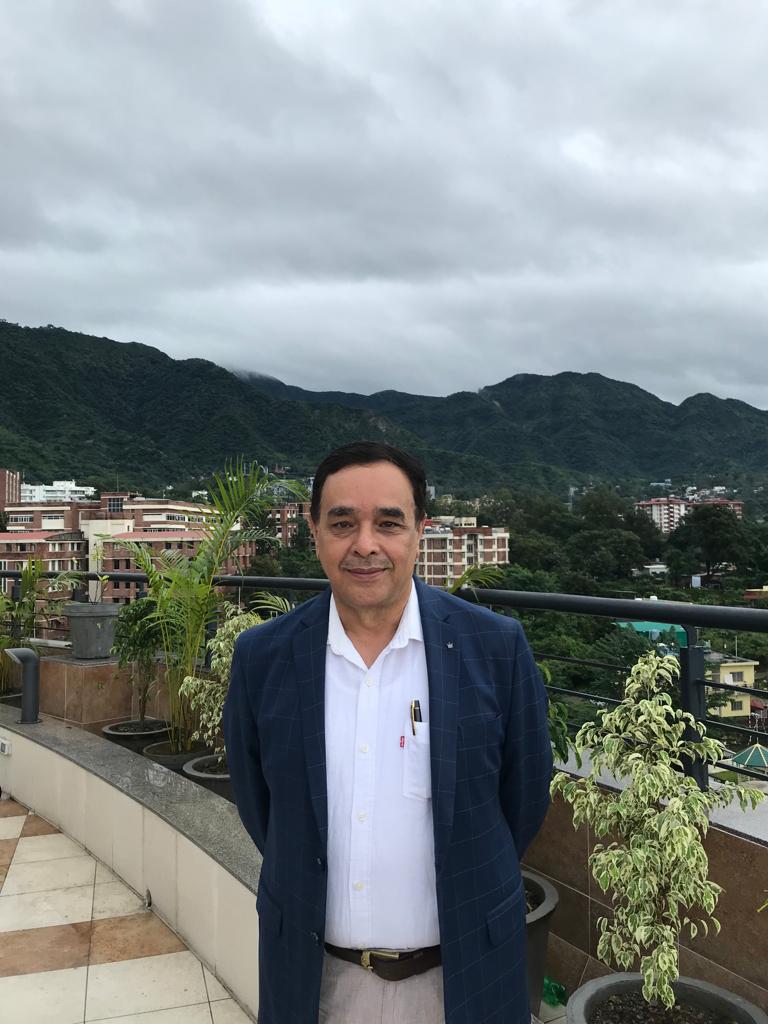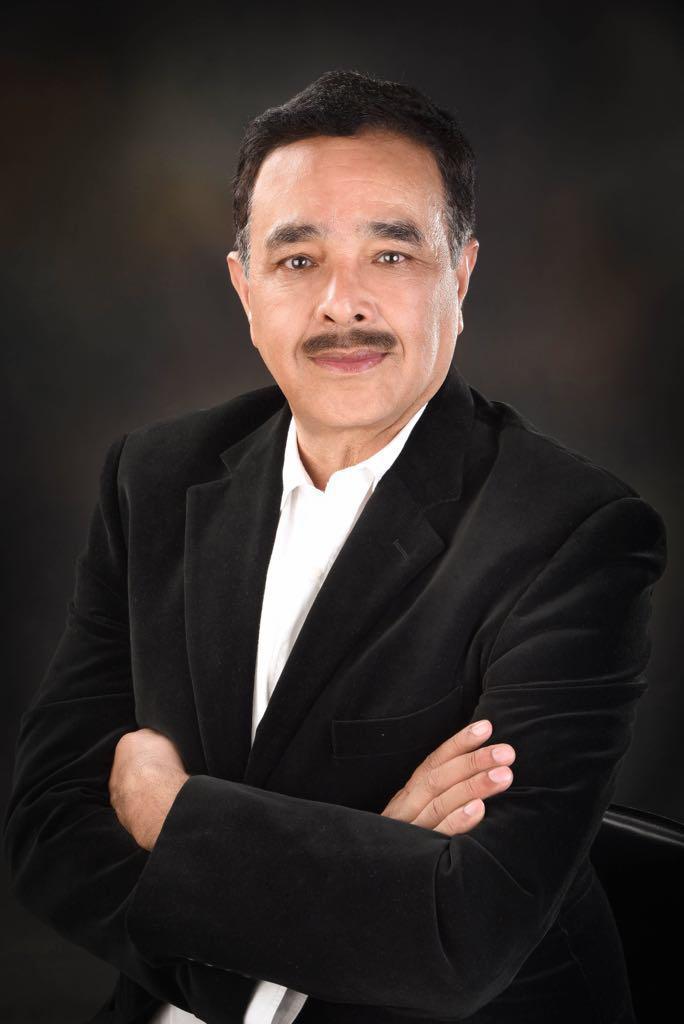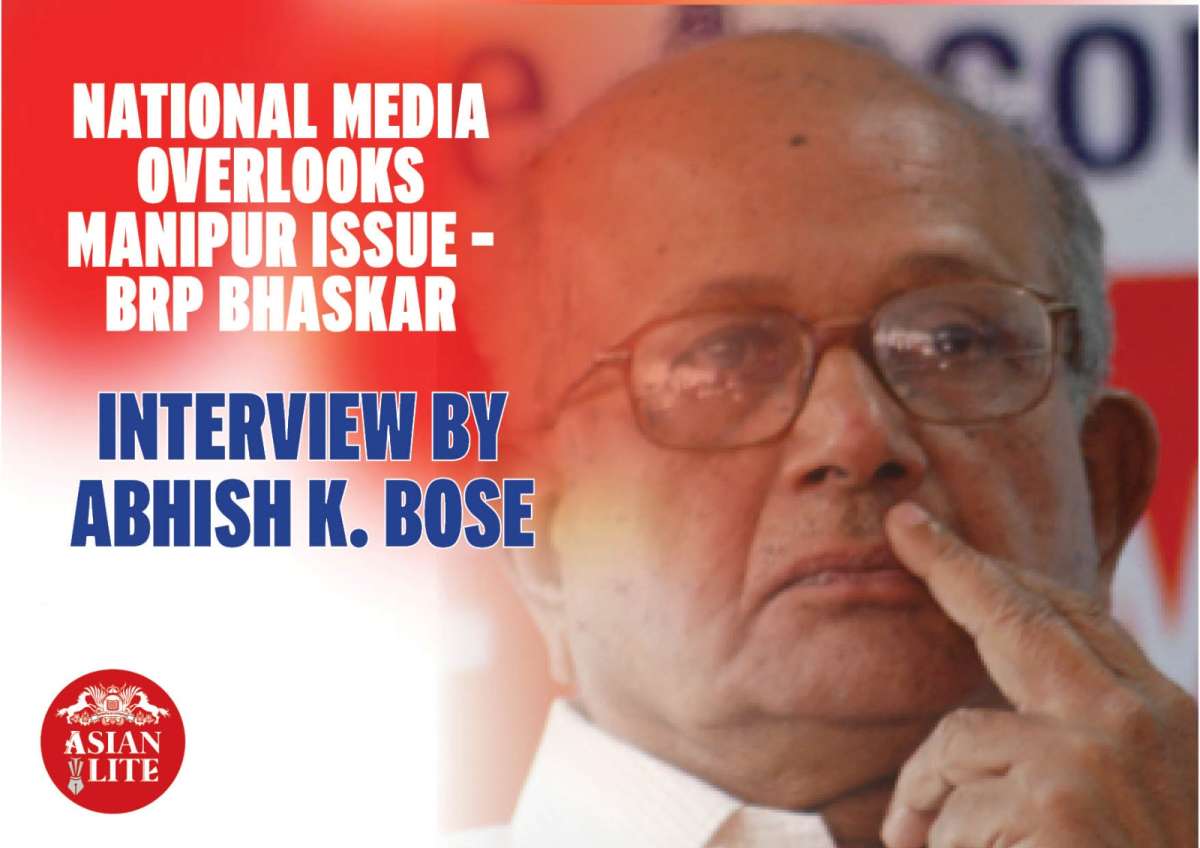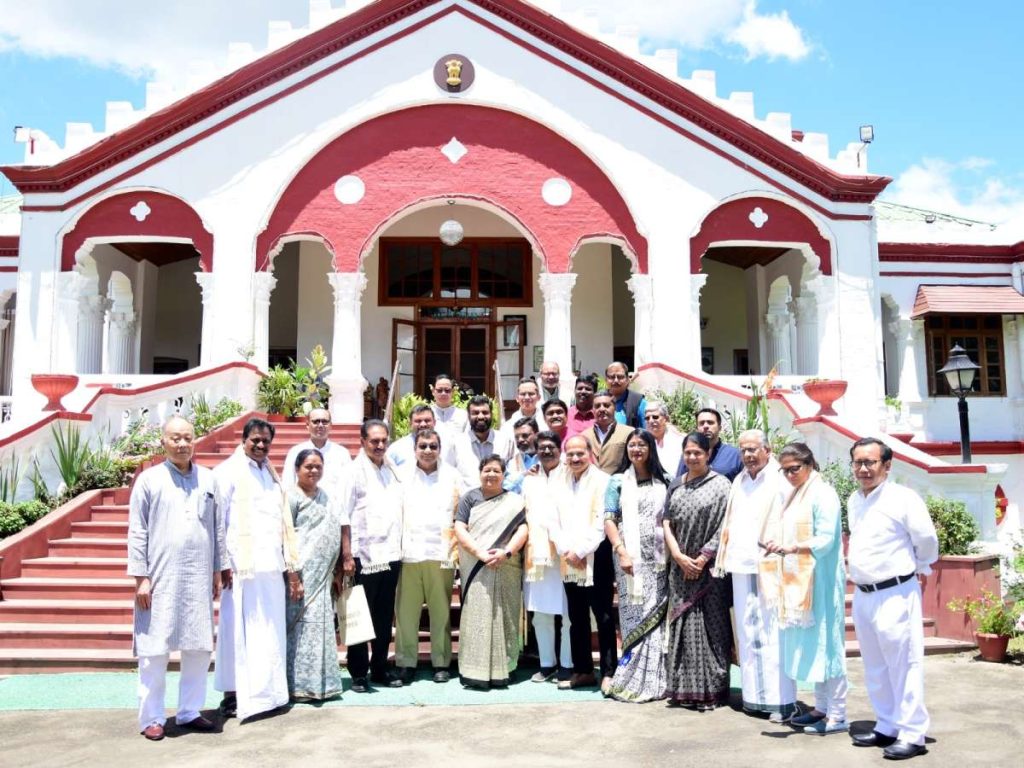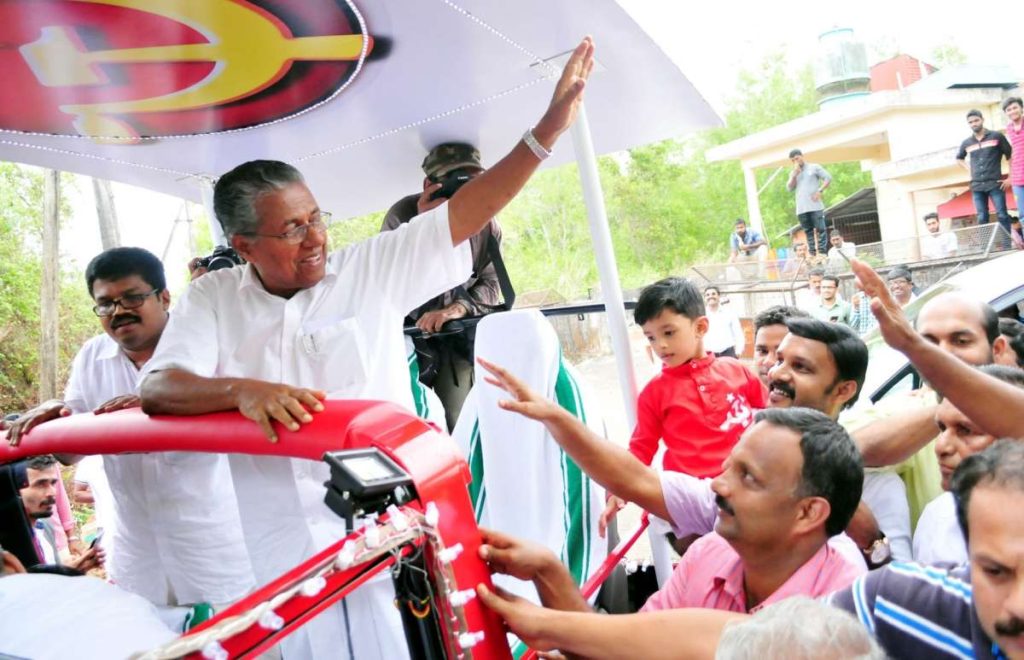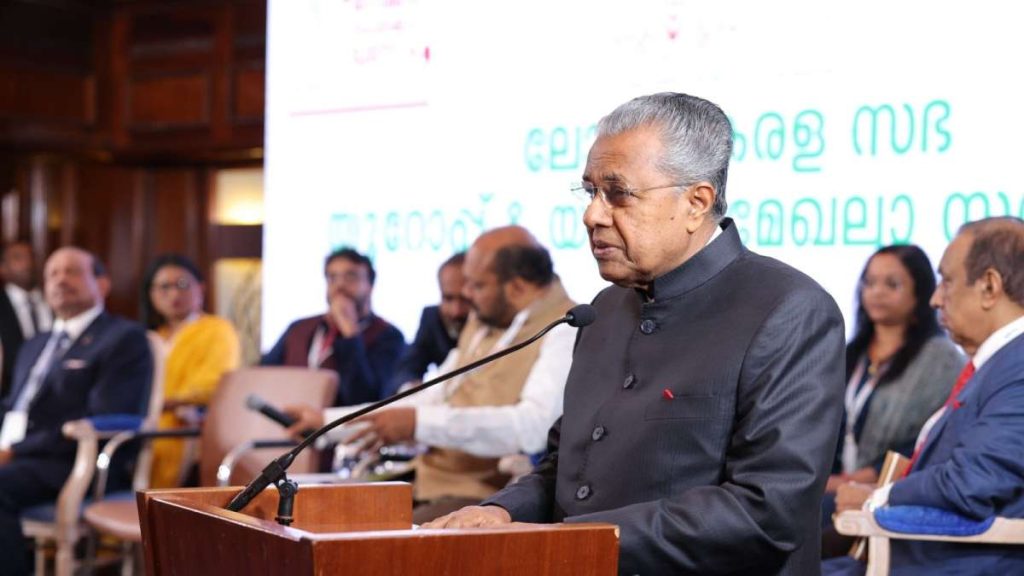Sanjay Hegde is a senior advocate at the Supreme Court of India. He is a leading voice on civil rights. He was one of the two amicus curie appointed by the Supreme Court to assist the Court in the 2012 Delhi gang rape and murder. He was also an interlocutor appointed by the Supreme Court of India to talk to the protestors at Shaheen Bag. On 27 October 2019, Hegde’s twitter account was suspended for posting an anti-authoritarian image.He filed a petition in the Delhi High Court against the suspension of his account by Twitter. In its filing before the HC, Government of India has contended that suspension of Hegde’s account by Twitter violates law on free speech. Earlier, Government had said that it has nothing to do with Sanjay Hegde’s account suspension. In an Exclusive interview with Abhish K. Bose, he discusses a number things including the setback to the victims in the Gujarat riots case, the long detention of Malayali journalist Siddique Kappen and other issues of importance.
Excerpts from the interview
Abhish K. Bose : On June 26, a three-judge bench of the Supreme Court dismissed an appeal filed by Zakia Jafri against the order of the Gujarat High Court, challenging the rejection of the protest petition filed against the Special Investigation Team’s final report on allegations of a “larger conspiracy at the highest level” in Gujarat riots case. How do you evaluate this particular case with reference to the cases of communal riots in Gujarat. Is justice to the victims of communal riots which happened in Gujarat an unrealized deal in India?
Sanjay Hegde – In law, the Supreme Court may have had its reasons for ruling that there was evidence of a conspiracy at high level or not. That is a question of fact and the Court could have come to any conclusion. Towards the end of the judgement when the Court made observations about Teesta Setalvad which were almost an invitation to the government to arrest Ms Setalvad and former Gujarat DGP RB Sreekumar. That was totally unwarranted. It was beyond the scope of the proceedings. In fact they had put a target, upon people who had helped, victims to try and secure justice within the system. This is unprecedented. Justice to victims of communal riots is not an easy thing to achieve, because mobs are sometimes faceless, sometimes leaderless, and a conspiracy at the higher levels may be suspected, but may not be adequately proven in a court of law.
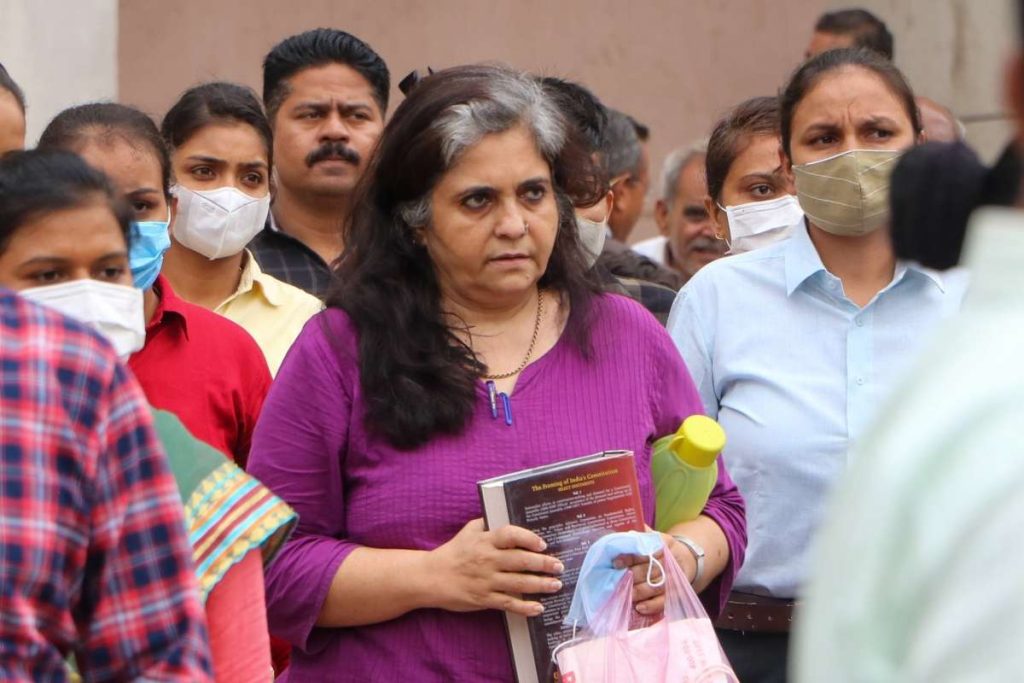
Based on the records the Court could have ruled either way that there was evidence or not evidence of conspiracy. It should have confined itself to that question. It went further and created offences against those who even tried to seek justice for the victims. That was totally wrong. Communal riots will not happen unless the administration of the day allows it to happen. You may have communal incidents, but for a matter to go on into a full fledged riot which takes days to settle down, that will not happen unless the administration including the police are instructed to allow them to happen. Those who suffer are very often the very poor who cannot actually set the law in motion. So I don’t think that absolute justice for every victim of a communal riot was ever achieved through the Indian legal system in the past. The point however is that very occasionally when there is evidence of a higher up actually leading mobs. There are incidents like that in Delhi riots when Sajjan Kumar got convicted. There may be a sense of closure.
Do you think the situation would have been different if a Congress government was in the centre instead of the BJP government?
The Congress government was in the centre for ten years after the riots occurred and if they did not secure a verdict at that point of time who is to blame?.
The two activists who tried to selflessly help the victims in the riots case Teesta Setalvad and former DGP RB Sreekumar were framed in a case. There is an anxiety regarding their safety?
For the moment they have been set free on bail. I don’t know how long the prosecution in Gujarat will continue but no doubt they have adequate legal advice. What made the cases very difficult at the trial court and the high court stages were the observations of the Supreme court itself in the Zakia Jafri matter and there after a subsequent bench of SC granted them bail. They have indicated that those observations may not be taken in the right spirit by the investigating agencies.
Isn’t the legal hassels which Ms Setalvad and Mr Sreekumar are put through will act as a deterrent for those in similar cases?
What happened to Teesta and Sreekumar might deter others to stand up in future in similar cases and it might even be cited as a precedent.
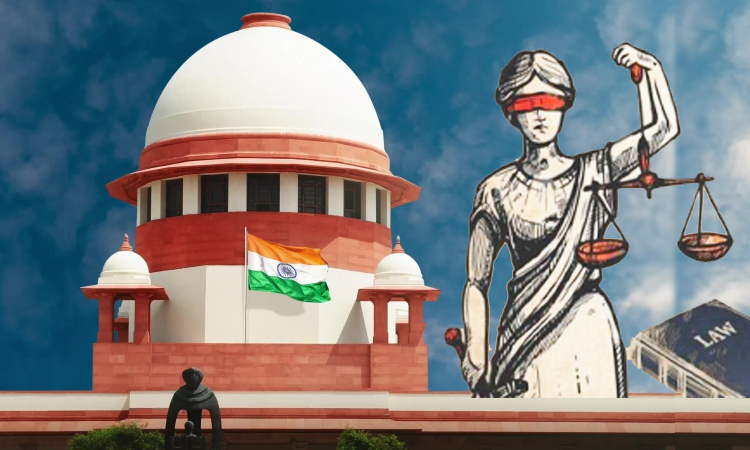
There are widespread complaints that the Right to Information Act is being sabotaged and information sought by the public is not provided by the bureaucracy citing exceptions. Let us remember Justice Bhagwathi’s words, ” the citizens’ right to know the facts, the true facts, about the administration of the country is thus one of the pillars of a democratic state. But this important role people can fulfil in a democracy only if it is an open government where there is full access to Information in regard to the functioning of the government”. Is the RTI Act in the process of destruction by the state?
I would think that the RTI Act is in the process of destruction. The Act itself is being hollowed out. People who are appointed to the Information Commission are directed to deny information on one ground or other. Recently when an Information Commissioner was retired people put up in social media that he had not allowed a single case. I am not sure whether that is true or not but it indicates the general reception of the Information Commissioner and the perception in the public mind that the Act is now reduced to a dead letter in actual practice.
The biggest issue which the judiciary confronts in India is the huge backlog of cases. The legal dictum that ‘denial of ‘timely justice’ amounts to the denial of ‘justice’ itself is a thorn in the justice system. Timely disposal of cases is inevitable to maintain rule of law and provide the fruits of justice, which is lacking in the current judicial system. Do you agree? Do you have any solutions to tackle this?
The biggest litigant in the judicial system is the government itself and often it is the one government department fighting the another. There should be very good reasons why any government department is compelled to bring things to Court. Unless the government puts the whole house in order, it is difficult to take away to provide ordinary citizens with access to justice. Second point is that there are not enough pre – litigation procedures which would deter matters that would actually brought up before the judge. Judicial time is very valuable. Matters are prosecuted simply because there is not much resort to pre – bargaining, there is not enough deference given to prosecutors and whether it is better to the accused to plead guilty in exchange for a lower sentence thus avoiding a trial altogether. Alternative mechanisms outside the Court are not being used enough. Thirdly, there is no punishment in monetary terms also for unnecessarily dragging matters to the Court. Also there doesn’t seem to be any litigation impact assessment before laws are passed. For instance, many many courts are simply overwhelmed with check bouncing cases. Ideally a bounced check is a civil debt which has not been paid. Rather than treating it as a civil liability with increased interests as a deterrent against non-payment, it has been criminalised and caused a logjam in the system.
It is very easy to pass laws, but it should also be seen whether the practice of those laws will clog the system with further delay. Right now the government is talking about reforming the criminal law and not only intends to change the numbers of the sections, but is changing concepts itself. This is all being done in the name of de-colonization. But the unfortunate part is that if these bills become Acts as they currently stand you will throw away nearly a hundred years of judicial interpretation along with it as far as the old laws are concerned. It is a bit like saying that Railways were brought into India by the British therefore they had a colonial legacy, therefore we must start digging up the tracks and we will have our own railway. The consequence would have been tremendous. You have to change the signaling system, the locomotives and everything. It is just not worth the aggravation. Just like a headline . our executives love grand ideas without any thinking of its implementation.
Malayali journalist Siddique Kappen was arrested and imprisoned on 2020 October while on his way to report on Hathras rape case in UP and the Supreme Court granted him bail only on September 9th 2022 almost two years after the arrest. In the meantime the moves to secure bail for Kappen ended up futile curtailing the fundamental rights guaranteed by the constitution. According to the article 32 which guarantees every person fundamental rights says a person has the right to directly approach SC if the rights are violated. Despite approaching the Courts on numerous occasions his case was not considered and he was released only on 2023 February. Isn’t Kappen’s case a travesty of justice in which he was arrested on the way of discharging his job and kept in jail for more than two years in stark violation of the fundamental rights of a person?
Siddique Kappen’s arrest was a travesty of justice and in fact there was nothing against him. The poor fellow happens to share a cab with some people against whom there may or may not have been something. But at that point of time the local government was determined to keep journalists out and any journalist who gets arrested becomes a cause in media. The government and administration came to double down on the accusation, and tried to keep Mr Kappen inside the jail as long as possible so that the public at large thought that there was some case to answer. In fact even what is happening in the matter of News Click is also of the same kind. It is a bit disappointing that Courts did not immediately see through the game or wilfully turned a blind eye to it. Siddique kappen should not have approached the SC under Article 32. Because the matter was pending before the SC, probably the lower Courts were inhibited in passing orders for bail. The SC could have ask some pertinent questions and then sent it back through the process of Courts of first instance. The matter was allowed to linger on, elaborate arguments were made at the SC, which all have to be considered and that added to further delay.
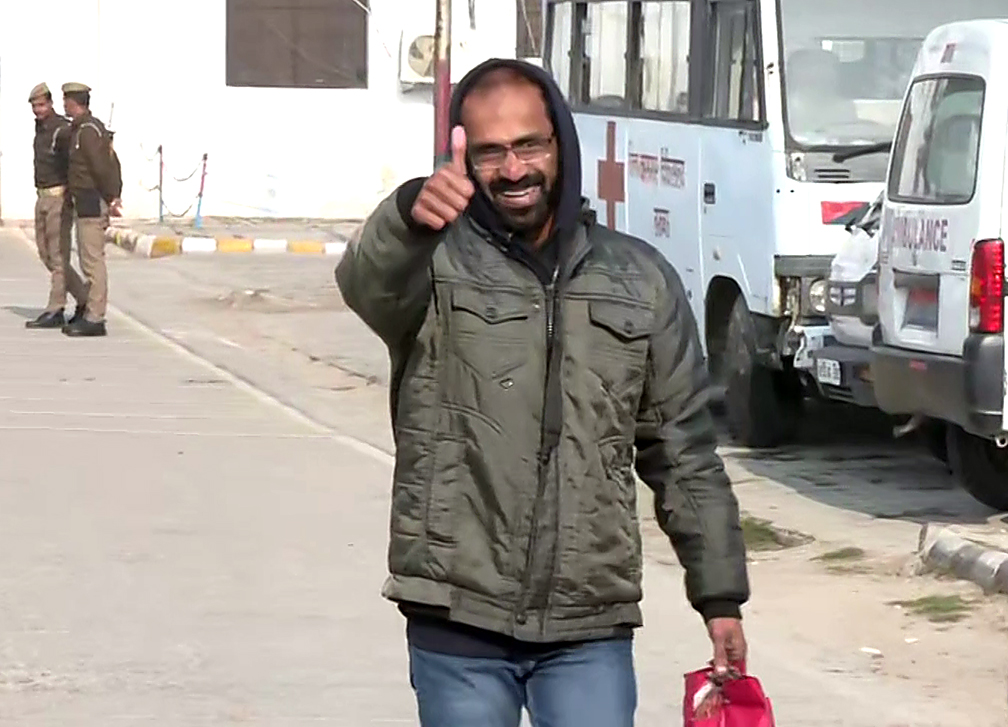
Is there no legal solution to avoid such gross violation of justice similar to that of those meted out to Mr Kappen ?
The solution would be is that the Court of first instance has to have the same confidence and the same authority with which the SC asks questions and they should have a reasonable guarantee that they would not be easily overturned in appeal. Very often the trial courts are assumed to be overawed by the executive especially in cases which have attracted media attention. So there is an undue deference to the prosecution case which could otherwise have been avoided. If prosecution are not asking tough questions at the Courts of first instance the matters tend to prolong within the system. That is not healthy for a democracy.
According to the Supreme Court in the St Xavier’s College Judgment of 1974, a secular state is ” neither anti – God, nor pro God; it treats alike the devout, the agnostic and the atheist. It eliminates God from matters of State and ensures that no one shall be discriminated against on the grounds of religion” . While this is the expressed stand of the SC vis a vis religion and God. Is it proper to invoke or use religious symbols at the functions of the State. The question alludes to PM Modi receiving ‘Sengol’ from the priests on the occasion of the launch of the new parliament building which is exclusively a State function?
India’s secularism is not an anti God version or a strict separation of Church and State on the French model. It employs an equal distance from all religions. It neither favours one religion nor disfavours the other. Now at the opening of parliament there had been a reception to artefacts from various parts of the country. You could have add a Sengol, a cross or some other artefact from the Muslim community or others. If they were equally respected and equally received there may not have been a problem. Right now only receiving the Sengol and installing it ceremonially as a Sengol would run against India’s principles of secularism. If that same artefact was received by Nehru, who treated it as a golden walking stick and sent it to a museum. It was not sacralised. Sacralising artefacts from only one religion, even if it is from the majority community that is problematic.
The International Covenant of Civil and Political Rights( ICCPR) provides that ” anyone who has been the victim of unlawful arrest or detention shall have an enforceable right to compensation. However, The Constitution of India does not have a provision to compensate. Take the case of Dr Khafeel Khan who was placed under illegal and unjust detention on two separate occasions, two times for more than nine months each. Is there any provision for compensating the victims of unlawful arrest or detention?
There are provisions, but very rarely used and often these are provisions which can be used only after a successful prosecution by the victim for a malicious prosecution. So you would have to prove that such and such a police officer, knowing the truth, wilfully arrested me with reckless disregard for the truth and therefore he should be prosecuted and punished and should be given compensation. Recently the Delhi High Court has ordered that even for half an hours detention the policemen had been made liable and ordered that fifty thousand rupees have to be recovered from the policemen. But institutionally also, a particular department should be faced with huge penalties . In the United States for instance if there is a wrongful arrest or persecution the police department of that county sometimes becomes responsible. Therefore, when it comes out of the departments budget that makes the police personnels much more careful. Now technology is advanced so that the police men arresting or in routine law and order situations wear body cameras. It may not be a bad idea that such ideas to be enforced in India.
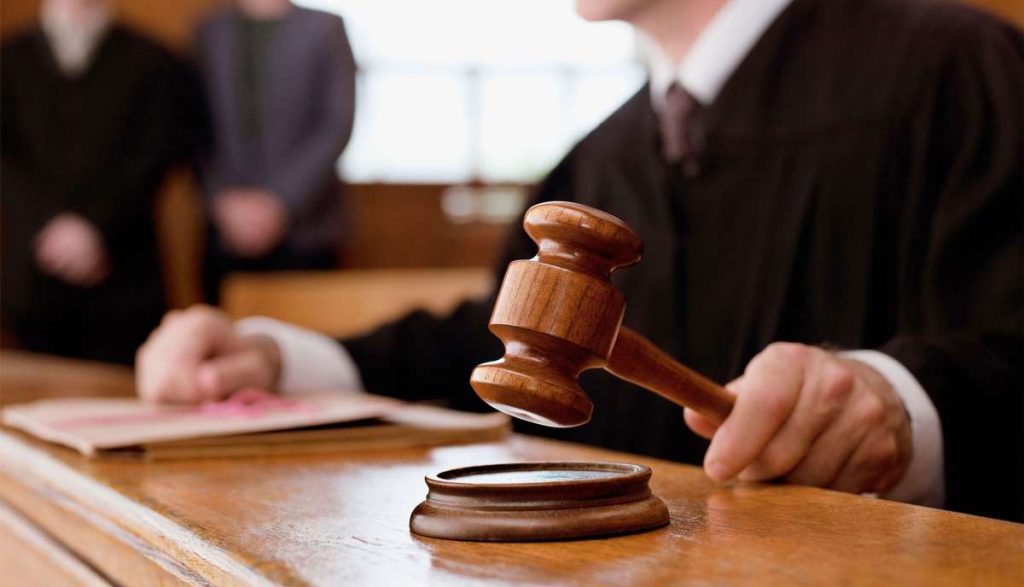
Right to dissent is the very essence of democracy. The Supreme Court of India in a decision pronounced on November 12th, 1974, during the operation of the second proclamationn of emergency, observed. ” Peaceful protests and the voicing of a contrary opinion are powerful wholesome weapons in a democratic repertoire. It is, therefore, unconstitutional to pick up a peaceful protestant and to put him behind the prison bars”. However, many among those activists who engages in disagreement against the State is framed under the Unlawful Activities Prevention Act( UAPA) and are languishing in prisons in contemporary India. Has the judiciary’s thinking on approach to expression of dissent underwent a change over the period ?
This again comes down to the question of malicious prosecution. Very often when protests takes place, in order to teach the protestors a lesson the leaders are hold up and very hard sections are invoked. When the UAPA is invoked, getting bail is almost impossible. So I do not think that the judiciary has done enough to protect the protestors who may have been violent in language but absolutely peaceful in their conduct. There has not been too much of a differentiation between speech and actual conduct or actual incitement to violence. I do think that the judiciary has not been as tolerant of the right to protest as it was in previous times. In fact the judiciary might be taking a cue from the administration itself. At one point of time protests in Delhi used to end almost in parliament at boat club. Since the late eighties Mr Tikaiat, laid seige to the boat club with thousands of farmers. The judiciary’s thinking often is that if there is a police designated spot protests should only in the specific place and no other. The full effect of fundamental right to assemble peacefully without arms seems to have been given up to greater police restrictions.
(A journalist having fifteen of years of experience Abhish K Bose was a staffer of The Times of India and The Deccan Chronicle – Asian Age. As a contributor, his interviews and articles have been published in Frontline magazine, The Wire, The Print, The Telegraph, The News Minute, Scroll, The Kochi Post, Outlook.com, The Federal and the Asian Lite international published out of Manchester.)
ALSO READ: Sedition only to be invoked if it calls for violence: Chitransul Sinha

